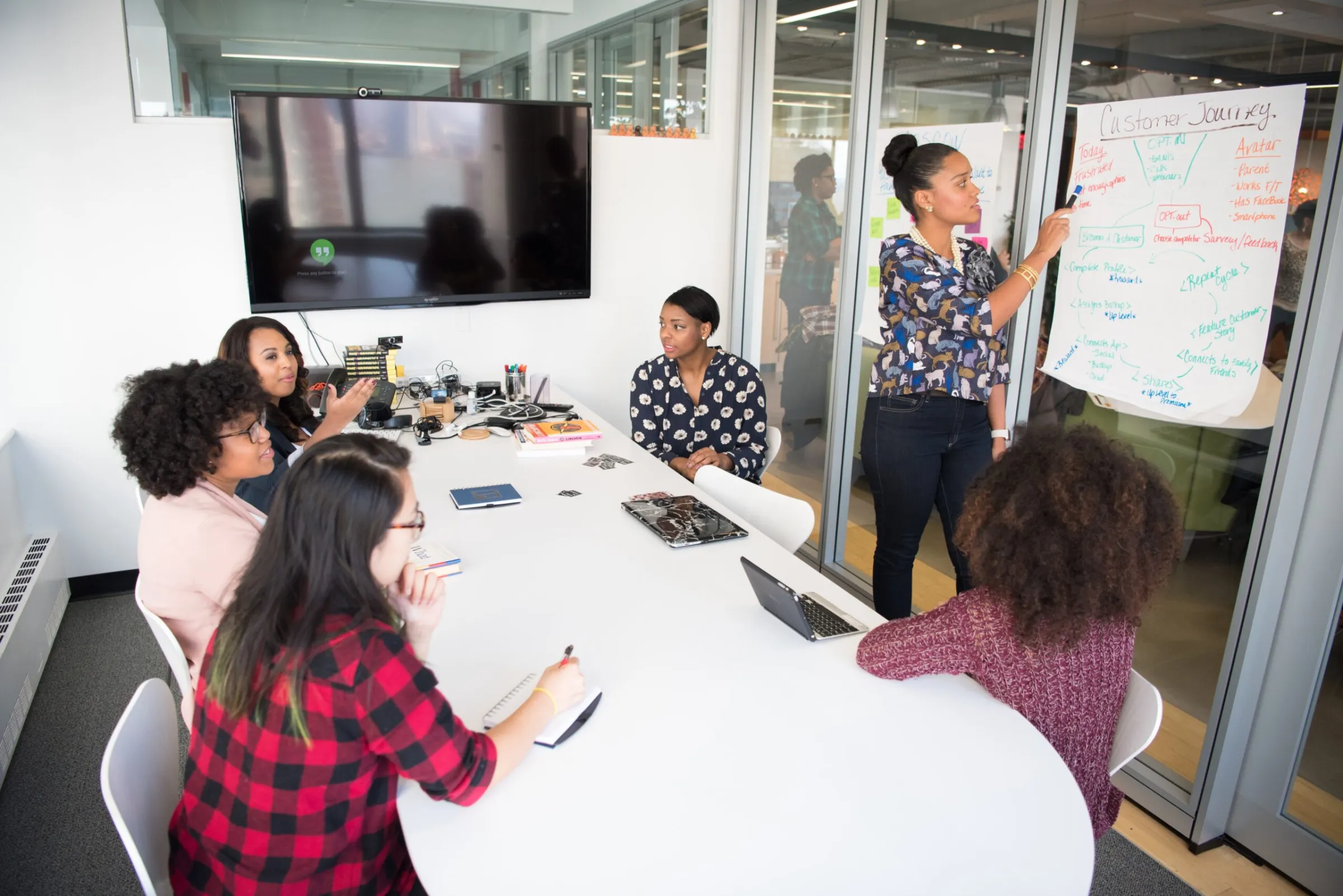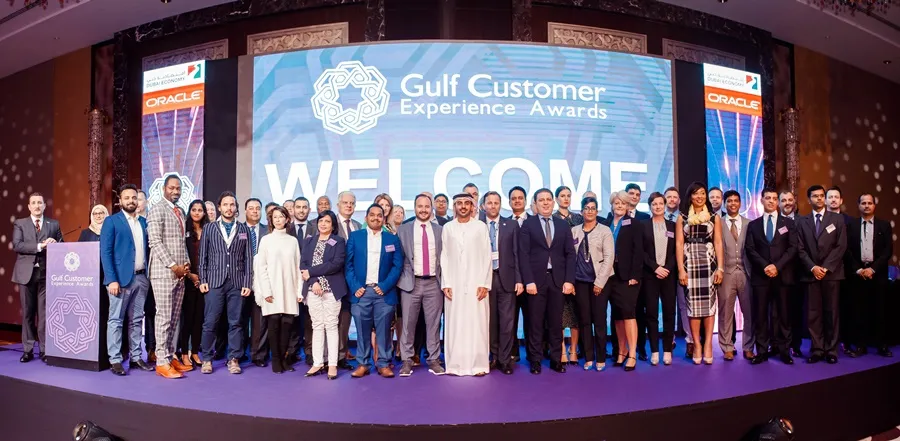Any organisation looking to implement lean startup principles has to adapt to the “build-measure-learn” loop. It’s the lean startup methodology distilled to its purest essence and any organisation that navigates it properly is well on its way to meaningful success.
As The Lean Startup site points out, “the fundamental activity of a startup is to turn ideas into products, measure how customers respond, and then learn whether to pivot or persevere. All successful startup processes should be geared to accelerate that feedback loop”.
At innoway, we know that organisations can’t just decide to adapt to the loop and do it. That’s why we use a specific methodology to help them adapt to the principle.
Build
Any organisation looking to really embrace lean startup principles should build a minimum-viable-product (MVP).
The MVP is the minimum product you can put in front of your customers to learn from.
In this phase, we help organisations understand the challenge they’re trying to solve with their MVP and identify the technical requirements necessary to make it work.
We also set strict time and financial limits (US$1 000) to the whole MVP process. In fact, we like to ensure that the whole build-measure-learn loop covers no more than two weeks.
The idea is to get the people within an organisation building something quickly and at minimal cost, while also helping them understand why they’re doing so.
For more on how we help organisations through the MVP process, read this article.
Measure
Lean Startup Methodology aims to bring lessons from the world of science to the way organisations approach innovation.
That is, it encourages experimentation.
There are two broad categories of experiments that startups engage in: generative or evaluative. The first entails generating a clear idea, while the second entails figuring out whether we have a clear hypothesis to evaluate.
Doing so requires understanding what a good hypothesis is. Any worthwhile hypothesis should be simple and unambiguous, measurable, describe a relationship, have a cause and effect component, and be measurable. Most importantly, it should be falsifiable.
A good hypothesis is a statement of the expected outcome of the experiment, which should be as accurate as possible.
As we point out in this article, “This technical adjustment will improve onboarding times” isn’t a falsifiable statement. “This technical adjustment will reduce onboarding times by 2 minutes”, on the other hand, is.
Within the build-measure-learn loop, this falsifiable hypothesis should relate to the MVP itself. If you cannot come up with this kind of hypothesis, you need to go back to generating an idea that will produce one.
At innoway we spend a lot of time working with clients to ensure that they fully understand what it is they’re trying to measure and how to measure it. We also help them understand what the results of their experiments mean and how to feed them back into further experiments.
For a more detailed look at how to successfully structure measurable experiments, download The Real Startup Book, which we helped write. It’s also worth checking out this article, which details the components of a good hypothesis.
Learn
And that’s where the learning part of the build-measure-learn loop comes in.
While there are a plethora of lessons to be learned from any experiment, they generally boil down to a choice: pivot (change direction) or persevere (keep evolving along the path you’re on).
By ensuring that organisations are measuring the right metrics with their experiments, we also go a long way to making sure that they learn the right lessons.
While we can give organisations a sense of what those lessons might be, the aim is for them to develop an instinctive understanding of what they’ve learned from an experiment and how they should adjust their approach accordingly.
Ultimately, this should result in these organisations building things that people want and need and which get better over time.
Most important to us, however, is that organisations don’t just view build-measure-learn as something to be used for a single project, but that it becomes baked in to the way the organisation operates.
If you’d like innoway to help you with the “build-measure-learn” loop, contact us here.



